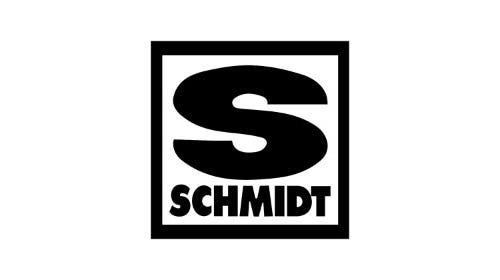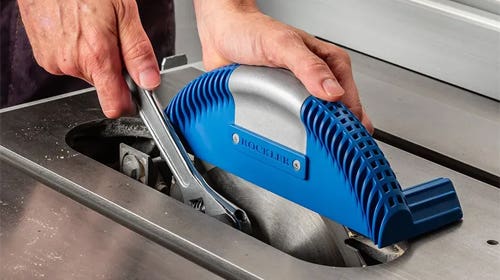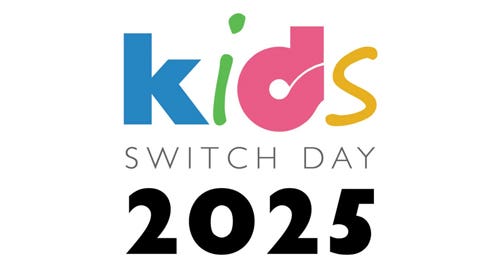With an uncertain future, sales of white ash surge
With hundreds of trees already dead throughout North America, ash is in a state of limbo.
With hundreds of trees already dead throughout North America, ash is in a state of limbo. Nobody can predict exactly what this popular domestic hardwood’s fate is with infestation of the Emerald ash borer on the rise. Hardwood dealers interviewed by Woodshop News have mixed reactions, although the consensus is ash will follow the path of chestnut in several years.
“What we’re seeing is that people are thinking down the road this is going to be scarce and that eventually the supply is going to be difficult to get,” says Chad Muterspaw of C.R. Muterspaw Lumber Co. in Xenia, Ohio. “We still have a lot of customers that use it and like that light-colored look. Lately they’ve not been doing a whole lot of staining. Instead they want a clear finish like a matte lacquer with not much sheen.
“I believe that there is a perception with our customers that in a couple of years ash is going to be more difficult to source. It seems like almost like chestnut where it’s not going to be available down the road and they’re kind of jumping on it now. A couple of sawmills told us they think in about two years it’s going to get difficult.”
Ash (Fraxinus Americana), also known as white ash or American white ash, grows mostly in eastern North America and has a light to medium brown color. The Emerald ash borer has been feasting on ash trees since 2002. The larvae of the beetles feed on the inner bark which disrupts the water and nutrient cycles, killing the trees. According to the website, www.emeraldashborer.info, the beetle is now found in 33 states. More information about quarantines, confirmed sightings, and other resources can be found on the site.
Mark Lipschitz, a hardwood dealer with Nina Co. of Arnold, Md., says the shortage of ash is a real problem and only getting worse.
“There is ash available, maybe 10 percent of what there was, and the price is pretty firm. If people are going to stay with using ash they might have to pay a little more and buy it from anywhere they can. But ultimately the species is not viable anymore,” says Lipschitz, noting that red oak is an ideal alternative because its appearance and working properties are similar.
“Anybody that works with ash can work with red oak and red oak is the biggest volume species in the United States anyway. It is generally more expensive than ash, so customers are going to have to look at pricing.”
Clint Dillon of Steve Wall Lumber in Mayodan, N.C., says ash is one of his biggest movers.
“I don’t think it’s because of scarcity. I think it’s trendy and our price is holding pretty good. I haven’t seen any problems with availability. It’s moving, but I’m not saying that won’t change in a month. I just haven’t had any issues with it.
“We are aware of quarantines, but I think they’re hitting larger places more than us. [EAB] will affect us later down the line but right now everything is staying the same. Sales seem to be up because the customers want a whiter product with an oak-type grain. A lot of my customers find it easier on machinery than the oaks.”
Retail prices for 4/4 FAS ash were quoted at $2.60 to $2.80/bf. It wholesales for about $2 to $2.20/mbf.
This article originally appeared in the October 2018 issue.







